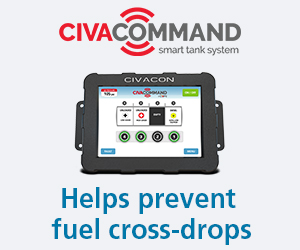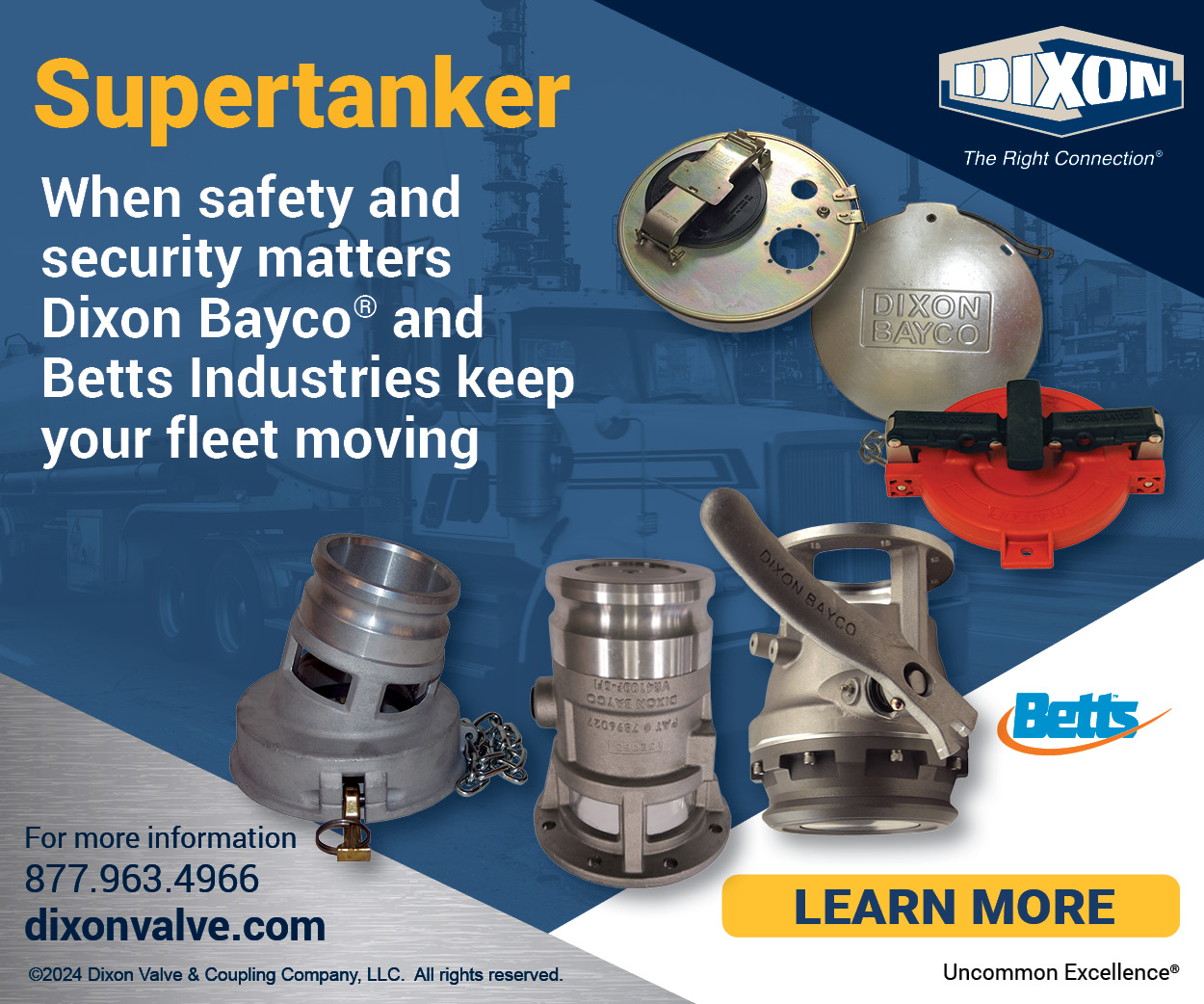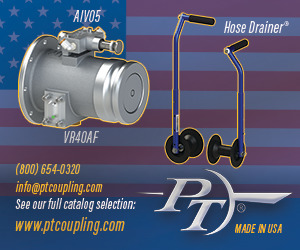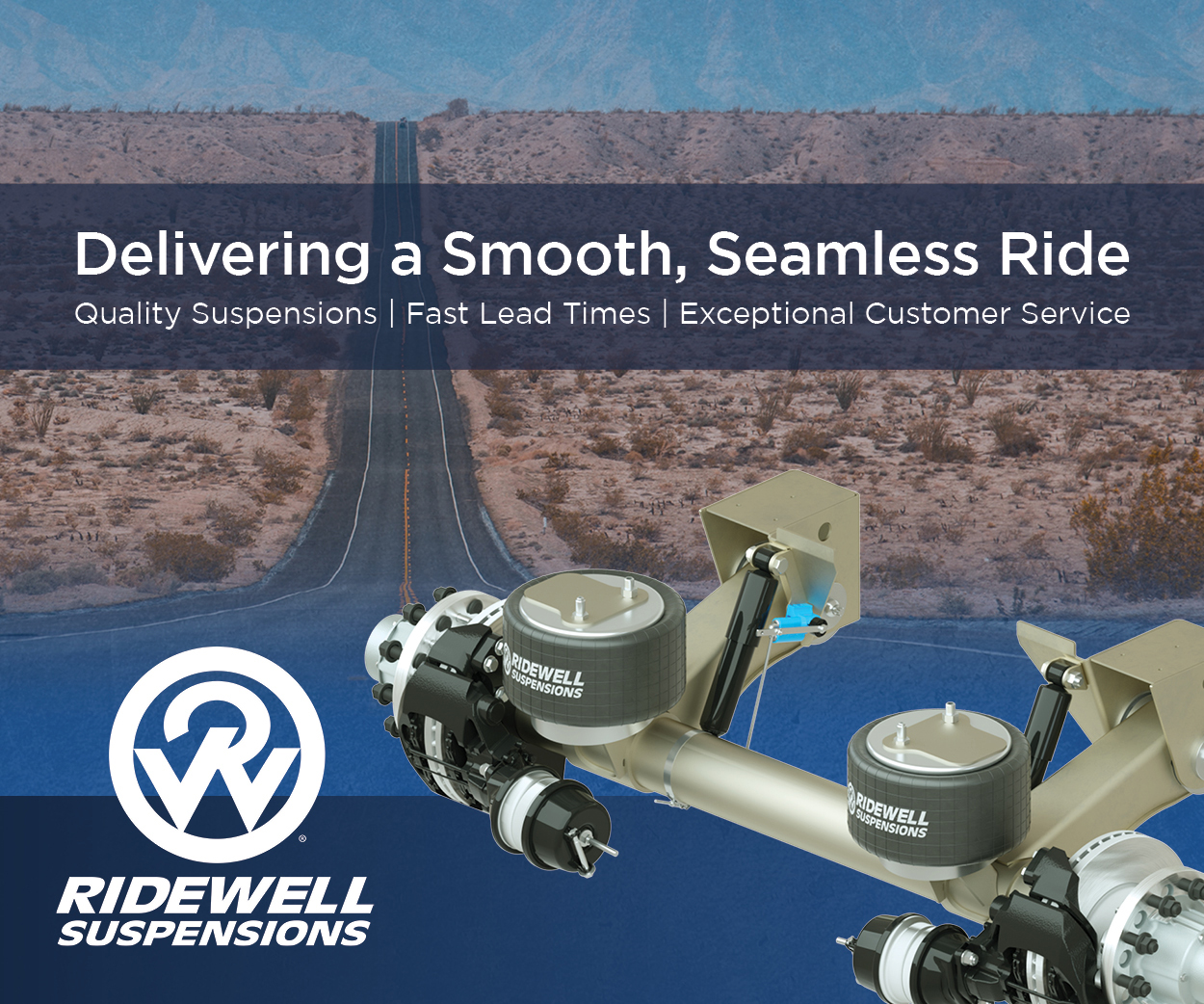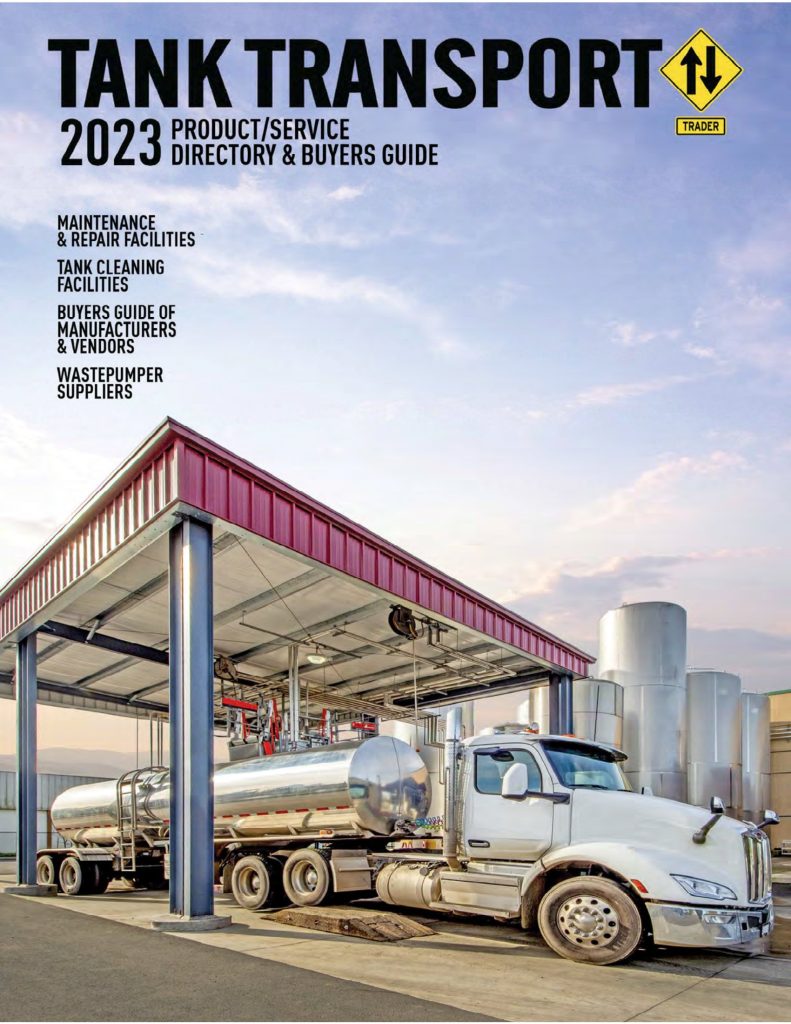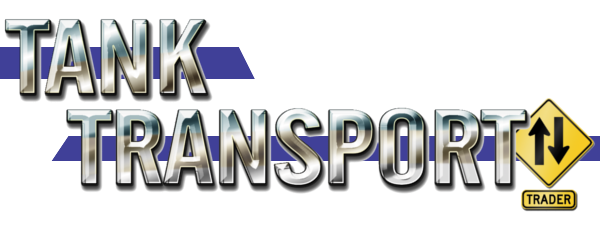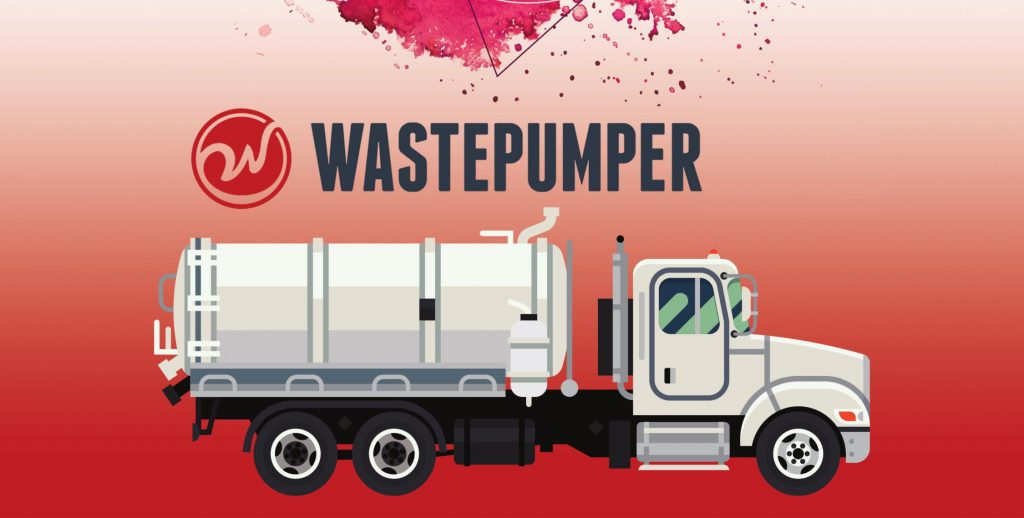House Democrats rolled out a $500 billion draft transportation infrastructure bill on June 3 that includes significant investments in the country’s aging roads and bridges, along with a call to strengthen rear under-ride guard standards.
The bill, which has been generally lauded by the American Trucking Associations (ATA) and the International Brotherhood of Teamsters, also suspends changes made to drivers’ hours-of-service (HOS) rules and includes additional measures – as well as funding – to address motor carrier safety.
House Committee on Transportation and Infrastructure chairman Peter DeFazio (D-OR) released text of the Investing in a New Vision for the Environment and Surface Transportation in America (INVEST in America) Act, a key component of the Moving Forward Framework that House Democrats released earlier this year.
“The bulk of our nation’s infrastructure – our roads, bridges, public transit and rail systems, the things that hundreds of millions of American families and businesses rely on every single day — is not only badly outdated, in many places it’s downright dangerous and holding our economy back. Yet for decades, Congress has repeatedly ignored the calls for an overhaul and instead simply poured money into short-term patches,” DeFazio said. “The result? We’re still running our economy on an inefficient, 1950s-era system that costs Americans increasingly more time and money while making the transportation sector the nation’s biggest source of carbon pollution.
“That all changes with the INVEST in America Act. The INVEST in America Act is our opportunity to replace the outdated systems of the past with smarter, safer, more resilient infrastructure that fits the economy of the future, creates millions of jobs, supports American manufacturing, and restores US competitiveness.”
Under-ride provisions
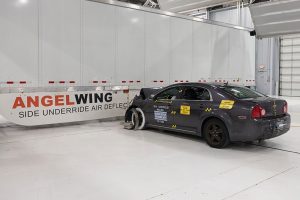
The Insurance Institute for Highway Safety conducts a crash test with an AngelWing side underride protection device from Airflow Deflector Inc. (Photo: IIHS)
Enjoying our insights?
Subscribe to our newsletter to keep up with the latest industry trends and developments.
Stay InformedIncluded in the Motor Carrier Safety portion of the INVEST Act, the under-ride protection section – incorporating stand-alone legislation introduced a year ago — calls for new trailer standards to be revised to include rear impact guards that are designed “to prevent passenger compartment intrusion” when a passenger vehicle traveling at 35 miles per hour (mph) makes:
- an impact in which the passenger vehicle impacts the center of the rear of the trailer or semi-trailer;
- an impact in which 50 percent of the width of the passenger vehicle overlaps the rear of the trailer or semi-trailer; and
- an impact in which 30 percent of the width of the passenger vehicle overlaps the rear of the trailer or semi-trailer.
The bill would require “full compliance” no later than two years after the date on which a final rule is issued.
Additionally, the section calls for additional research on the design and development of rear impact guards that can prevent under-ride crashes and protect motor vehicle passengers against severe injury at crash speeds of up to 65 miles per hour.
The legislation likewise supports research to better understand the effectiveness of side under-ride guards and to develop performance standards.
Finally, the bill would require the Secretary of Transportation to establish an Advisory Committee on under-ride protection “to provide advice and recommendations” to the Secretary on safety regulations to reduce crashes and fatalities involving truck under-rides. Committee membership would include two representatives of each of the following:
- Truck and trailer manufacturers
- Motor carriers, including independent owner- operators
- Law enforcement
- Motor vehicle engineers
- Motor vehicle crash investigators
- Truck safety organizations
- The insurance industry
- Emergency medical service providers
- Families of under-ride crash victims; and
- Labor organizations.
Trailer length standards

“This sensible solution will provide meaningful environmental benefits that policymakers can act on today to make trucking safer, more efficient and less taxing on the roadways,” said Randy Mullett, AMT’s executive director. “This solution comes at no cost to the American taxpayer and is already a proven success in 20 states. It is more efficient and less taxing on the roadways.
“Now is the time to update this nearly 40-year old federal standard as the U.S. Department of Transportation only expects freight volumes to increase. Improvements would benefit consumers, businesses and so many others across our country.”
Motor carrier safety measures
- The authorization of higher grant funding levels for the Motor Carrier Safety Assistance Program, High Priority grants, and CDL Program Implementation grants to assist states in truck and bus safety oversight and enforcement activities, commercial driver licensing, and technology improvements to support those efforts.
- Compliance, Safety and Accountability: The transportation secretary would be required to complete the revisions required by the FAST Act to its carrier oversight and intervention model, to prioritize reinstating the public display of safety data, and to finalize a safety fitness determination rule to rate the safety of carriers.
- A call for a complete rule making to require automatic emergency braking systems in newly manufactured commercial motor vehicles.


